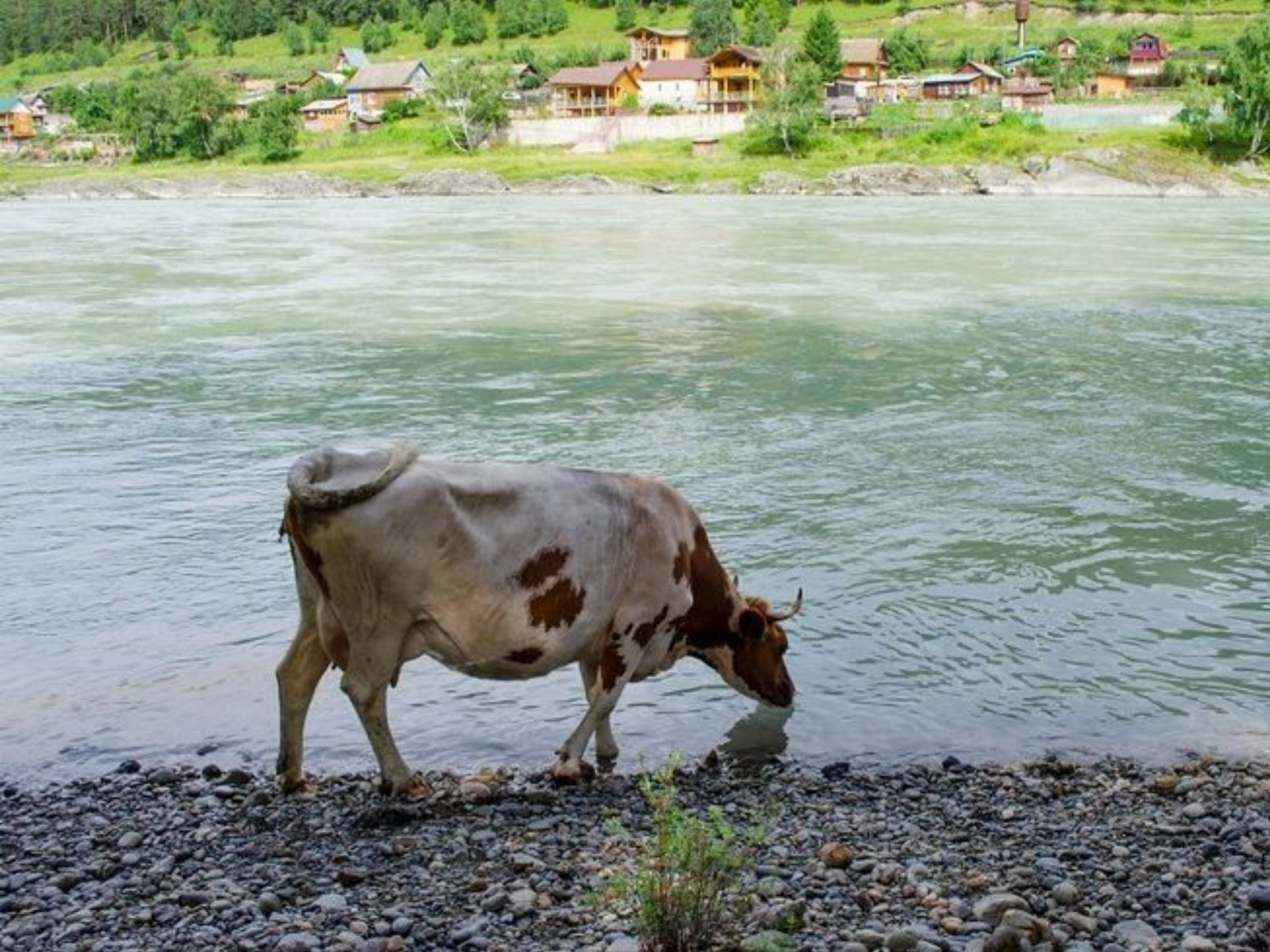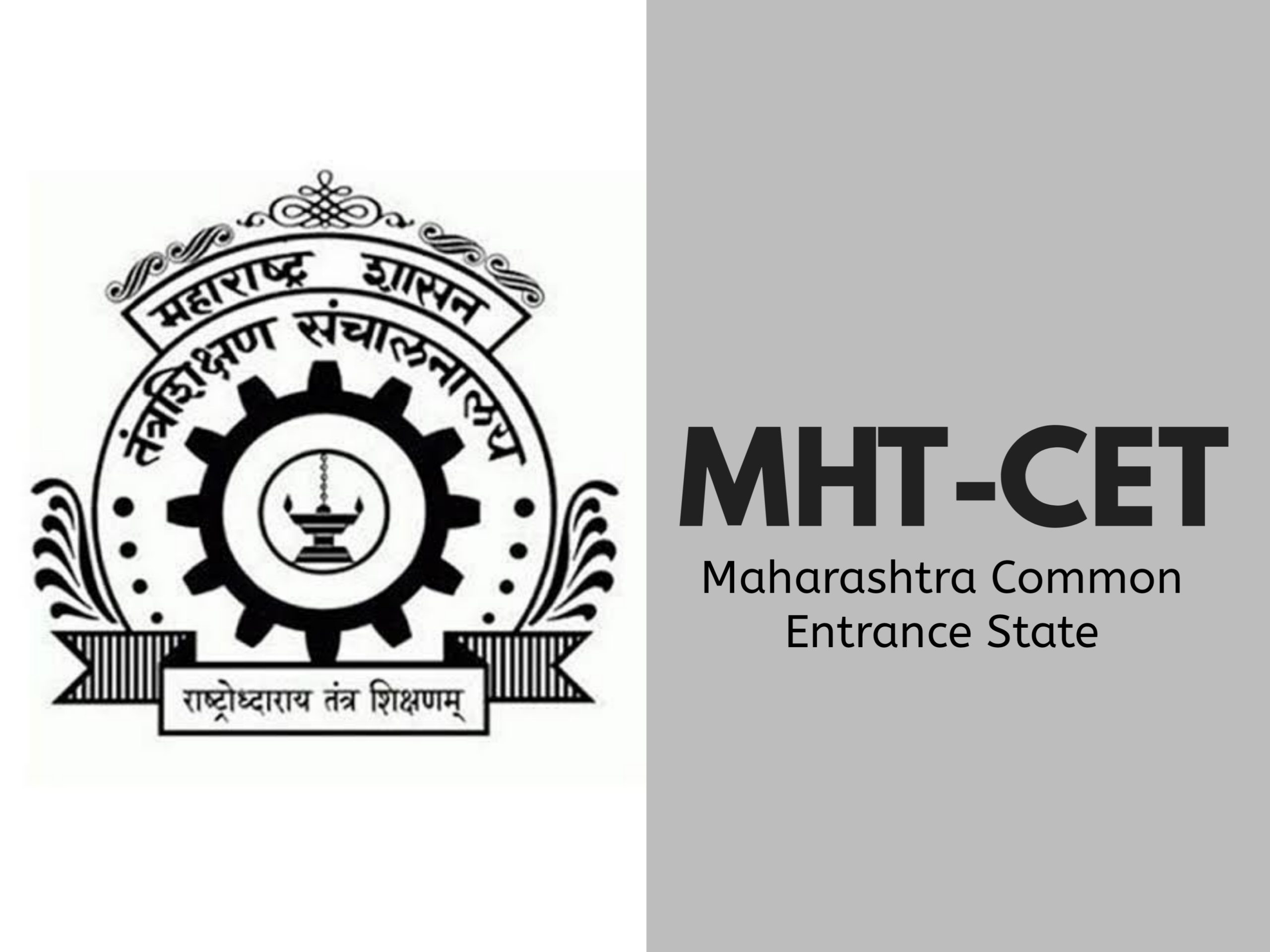Management of Livestock in Summer

Considering the tropical climate of the Indian subcontinent, summer stress is a major problem in managing dairy animals in India. During extreme hot humid or hot dry weather, the thermoregulatory capability of animals to dissipate heat by sweating and panting is compromised and Summer/heat stress occurs. Severe heat stress can further lead to a rise in body temperature, increased pulse rate, increased peripheral blood flow, reduced feed intake, and increased water intake. All the changes associated with heat stress lead to loss of productivity reduced breeding efficiency and even loss of life in extreme cases. Every year, a loss in milk production due to heat stress causes huge financial losses in our country. Though indigenous breeds of cattle are more thermo-tolerant, crossbred and exotic breeds of cattle are highly sensitive to heat stress. Buffaloes are more prone to this owing to their black skin that absorbs more solar radiation and fewer sweat glands (only 1/6th that of cattle), compromising heat dissipation through evaporative heat loss.
When the environmental temperature goes beyond the Upper critical temperature (24°-26°C for Exotic and crossbred cattle and 33°C for Zebu cattle and 36°C for buffaloes), the animal body is unable to maintain the core body temperature through sweating and panting (evaporative heat loss mechanism). This, when coupled with a rising body heat production rate, leads to hyperthermia in the animal. During extremely hot humid or hot dry weather, the thermoregulatory capability of cattle to dissipate heat by sweating and panting is compromised and heat stress occurs. Severe heat stress can further lead to a rise in body temperature, increased pulse rate, increased peripheral blood flow, reduced feed intake, and increased water intake.
Advertisement
In the case of heat stress, the following symptoms are seen:
- Rapid and weak pulse
- Rapid shallow breathing
- Abnormal vital parameters: Elevated heart rate, respiration rate, rectal temperature, etc.
- Salivation
- Skin becomes dull and rough
- In case of heat stroke, body temperature is very high- sometimes as high as 106-108°F.
- Congestion
- Dryness of muzzle
- Reduction in milk yield
- Reduced reproductive performance
- Weight loss or poor weight gain
- General weakness
Heat stress can be alleviated through
- Development of genetically heat-tolerant dairy breeds
- Environment modification – housing management
- Nutrition modification
- Making provision for cooling devices
- Timed artificial insemination protocol.
Development of genetically heat-tolerant dairy breeds:
The identification and selection of heat-tolerant dairy animals are useful to maintain both high productivity and survivability when exposed to heat-stress conditions.
Environment modification – housing management:
- To prevent the effects of heat stress, the modification of the surrounding environment is the key management practice to be followed in the dairy herd.
- Offer shaded areas: Ensure that the animals are kept under shade. The most effective source of shade is trees. If shade trees are not available, a thatched roof of a minimum height of 9 feet should be provided. Agri-nets with 20% perforation are also useful.
- Thatching the roof with materials like paddy straw etc, painting the roof with white paint, or, providing false ceiling insulation will help provide a cooler environment.
- Create barriers against hot wind using a thatched wall or wet gunny cloth/ gunny bags.
Proper Ventilation:
- Depending on your situation and location, either natural ventilation or mechanical ventilation (fans) may be used. The goal is to keep the air moving as much as possible. Ensure one ventilator of 3 x 1 foot per cow in a covered shed. In these sheds heavy-duty fan is the best option to facilitate ventilation.
Add soakers for evaporative cooling:
- Misting/Fogging of water in the microenvironment of the animal at least thrice an hour along with the provision of the fan is useful in hot dry weather. Auto Mister/ Fogger with mini pumps and cyclic timers is preferable.
- Heat stress can also be managed by spraying/ sprinkling water directly on the body of animals for a period of 1 to 5 minutes at an interval of 10- 30 minutes. Fans/ blowers should be used to induce evaporation from the skin of animals. With the provision of the fan, this method can work both in hot dry, and hot humid conditions.
- The most effective way of combating heat stress in buffalo is wallowing in the water pond.
Reduce stocking density:
- Overstocking in hot weather can generate too much heat to dissipate.
Nutrition:
- Feed is also one of the more key factors which need to be managed for increasing production efficiency.
- Feeding of green fodders/silage/hay
- Feeding green fodder mixed with dry fodder
- Provision for night feeding to increase the intake
- Grazing early in the morning and late in the afternoon to avoid sun exposure
- Area-specific mineral mixture supplementation
- Ensure adequate round-the-clock drinking water for animals, which should be provided under shade.
- Feeding should be practiced during the early morning, evening &night.
- Prefer grazing during early morning & late evening hours to avoid the scorching heat.
- Feeding of fodders and concentrate should be in the ratio of 70:30 of total feed. It is advisable to feed additional food in the form of cereals and oil cakes. But during summer the availability of green fodder and oilcake is limited whereas dry fodder may be available in abundance in some regions but may be poor in quality (nutrition value) and digestibility.
- In summer conditions additional 35 percent protein-rich concentrate mixture is suggested to be fed and clean
- When the cows are under heat stress, there is a decrease in dry matter intake along with crude protein intake, and due to reduced feed intake, there is a negative energy balance in the body of heat-stressed cows and buffaloes. Due to an increase in core body temperature and inefficient heat dissipation processes, energy requirements for maintenance are found to be increased. Therefore, the measures to increase nutrient density include feeding of high-quality forage, concentrates, and the use of supplemental fats in the diet of animals.
- Do not change the feeding, watering, and management plan abruptly.
- Slowly shift feeding schedules so that fresh feed is offered early in the morning and/or late in the evening—the coolest times of the day. Feeding when temperatures are highest can reduce dry matter intake (DMI) and cause ration heating, which can cause an additional decline in DMI
- Feeding supplemental niacin is also helpful in reducing the effects of heat stress in cattle. Supplementation with antioxidants during the heat stress period is another way to improve fertility through a decrease of oxidative stress in buffaloes.
- Ensure increased mineral supplementation during hot weather to meet the increased demand for minerals. The potassium-rich mineral mixture should be preferred.
- Feeding supplemental niacin is also helpful in reducing the effects of heat stress in cattle. Supplementation with antioxidants during the heat stress period is another way to improve fertility through a decrease of oxidative stress in buffaloes
- The loss of electrolytes via skin secretions has to be minimized by the improvement of housing and cooling of the animals.
- By minimizing body temperature, greater feed intake could be encouraged. Moreover, the gross efficiency with which dietary nutrients are used by the cow for performance could also be improved.
Reproductive Management:
Heat stress reduces the length and intensity of estrus and hence the incidences of anestrous and silent ovulation are increased. The use of the TAI protocol is practiced for accurate estrus detection and timely insemination in order to improve fertility in summer.
- Observe for estrus thrice a day and at least once during night hours
- AI during cooler parts of the day and night
- Insemination between mid and late estrus with good quality semen
- Provide a cooler environment for the first 15 days after AI
- Avoid breeding of underweight heifers
General health management:
- Heat Stress suppresses the immune and endocrine systems thereby enhancing the susceptibility of an animal to various diseases.
- Vaccination of livestock against Foot & mouth disease in March – April months and against hemorrhagic septicemia and a black quarter in the month of June.
- A deworming schedule should be strictly followed as cattle and sheep are more prone to get intestinal parasites, as they consume water from stagnant ponds, drainage water, etc.,
- Transportation of animals should be done during cool hours of the day.
Control and Preventive measures:
Immediate veterinary aid should be provided to the suffering animal. In the meantime, the animal shall be moved to a cooler place, given a bath with cold water, or wrapped in wet sheets and provided with a fan.
- Keep the animal in a well-ventilated shady place
- and open all the doors and windows, if the animal is indoors.
- If possible make the arrangement of fans.
- Give cold water both to animals preferably with ice cold water.
- Rub ice blocks over the skin of an animal, particularly on the forehead region.
- Provide ample amount of cold drinking water
- Give ice blocks to animals for licking.
- Give ice-cold rectal enema.
- Under veterinarian guidance, antipyretics, corticosteroids, and fluid therapy is to be administered.




